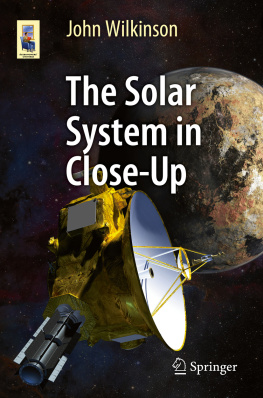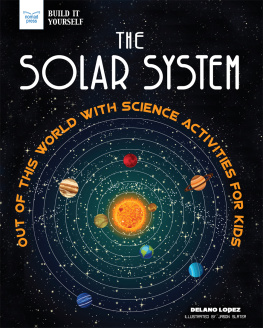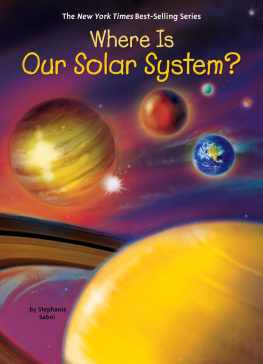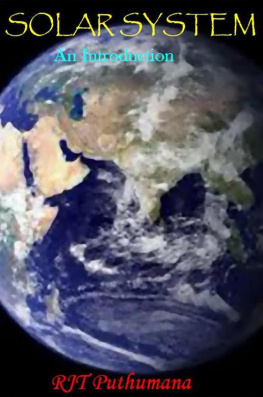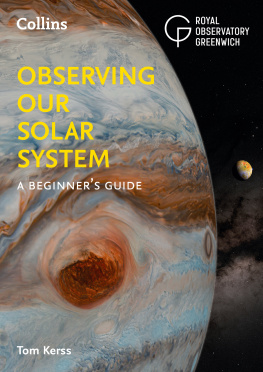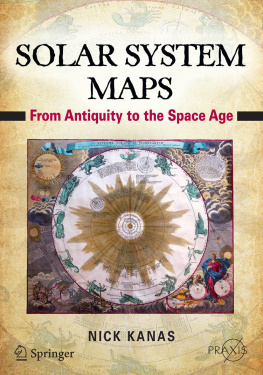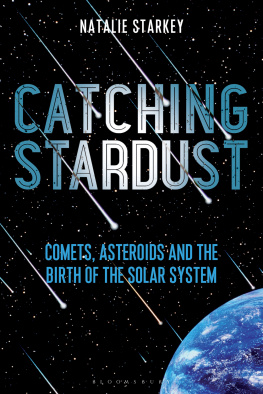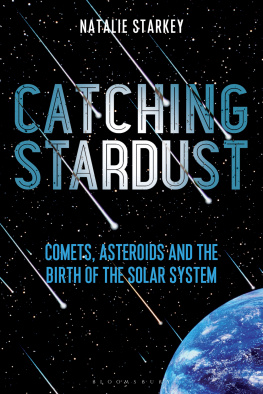Introduction
For thousands of years, the movement of the stars and planets across the night sky has fascinated humans. Humans have wondered what these objects are made of, how they move across the sky, and whether these worlds contain other living beings like us.
In ancient times people noted the position of the Sun in the various seasons and its effect on crop growth. They also knew how the Moon affected the tides. And they observed objects called planets moving against a background of stars. The Babylonians even developed a calendar based on the movement of the planets visible to the unaided eye. In fact, the names of the days of our week originate from the Sun, Moon, Mercury, Venus, Mars, Jupiter, and Saturn. These objects are the classical objects of our night sky.
The word planet comes from the Greek word meaning wanderers. The Greeks observed that the planets wandered against a background of stars that remained relatively fixed in relation to each other. The band across the sky through which the planets moved was called the zodiac . The star groups or constellations that form the zodiac were given names of animals, for example, the constellation Leo resembled a lion, and Taurus resembled a bull.
Early Western and Arab civilisations and the ancient Greeks believed that the Earth was at the centre of the universe with the Sun, Moon and the then known planets orbiting around it. This view was challenged by Polish astronomer Nicolaus Copernicus in the sixteenth century when he suggested that all the planets, including the Earth, orbited the Sun in near circular orbits. By using a Sun-centered model, Copernicus was able to determine which planets were closer to the Sun than the Earth and which were further away. Because Mercury and Venus were always close to the Sun, Copernicus concluded that their orbits must lie inside that of the Earth. The other planets known at that time, Mars, Jupiter and Saturn, were often seen high in the night sky, far away from the Sun, so Copernicus concluded that their orbits must lie outside the Earths orbit.
It was not until early in the seventeenth century that the German, Johannes Kepler showed that the orbits of the planets around the Sun were elliptical, rather than circular. Kepler also showed that a planet moved faster when closer to the Sun and slower when further from the Sun, and he developed a mathematical relationship between the planets distance from the Sun and the length of time it takes to orbit the Sun once. These three proven observations became known as Keplers Laws of planetary motion.
With the invention of the telescope in 1608 the Italian, Galileo Galilei, was able to gather data to support Copernicuss model for the Sun and planets. Galileo discovered four moons orbiting the planet Jupiter; he also observed sunspots moving across the surface of the Sun and craters on the Moon. Galileos discovery that the planet Venus had phases just like Earths Moon confirmed that Venus orbited the Sun closer than Earth and provided support for Copernicuss sun-centered model.
One major problem restricting the full acceptance of Keplers and Galileos theories was that it was not known what kept the planets in orbit. People did not know how planets, once they started orbiting the Sun, could keep moving. Isaac Newton put the explanation of this motion forward in the seventeenth century. Newton put forward the idea that the Sun must be exerting a force on the planets to keep them in orbit. This force was called gravity and it exists between any two masses (such as a planet and a star like our Sun). Using his law of gravity, Newton was able to prove the validity of Keplers three laws of planetary motion. Newton also showed that other types of orbits around the Sun were also possible. For example, the orbits could also be parabolas or hyperbolas. Newton also developed a Universal Law of Gravitation , which states:
This law means that the more mass a planet or star has, the greater its gravitational pull. This pull decreases with increasing distance from the object.
Discovering New Planets
Towards the end of the eighteenth century, only six planets were knownMercury, Venus, Earth, Mars, Jupiter, and Saturn. In 1781, British astronomer, William Herschel accidentally discovered the seventh planet Uranus. In 1846, Urbain Leverrier in France, and John Adams in England used Newtons gravitational laws to independently predicted that variations in the orbit of Uranus were due to the influence of an eighth planet. Soon after, the Berlin observatory found the predicted planet and named it Neptune. In the early twentieth century Percival Lowell and William Pickering predicted that another planet should exist beyond Neptune. In 1930, Clyde Tombaugh found a body, which was named Pluto, close to where Lowell and Pickering predicted it to be. Between 1930 and 2006 Pluto was regarded as the ninth planet of the solar system. However, in 2006 a meeting of the International Astronomical Union (IAU) decided on a definition of a planet that excluded Pluto as a planet, making it a dwarf planet along with a number of other newly discovered bodies. As a result we now have what many call, the new solar system.
What Is a Planet?
Traditionally, a planet has been regarded as a spherical body that orbits a star and is visible because it reflects light from the star. The spherical shape is only possible when the object has enough mass that gravity is able to pull it into a spherical shape. All planets, and many large moons and large asteroids are spherical.
In August 2006 the IAU decided on the following definition of a planet:
To be a planet a body must
be in orbit around the Sun,
have sufficient mass for self-gravity to overcome rigid body forces so that it assumes a hydrostatic equilibrium (nearly spherical) shape, and
have cleared the neighborhood around its orbit.
What made this definition suddenly critical was the discovery of a number of objects in the outer solar system beyond Pluto. Before the definition was accepted, there could have been as many as 50 planets orbiting the Sun.
The IAU also introduced a new classificationthat of a dwarf planet. A dwarf planet is a body that orbits the Sun, has sufficient mass for self-gravity to have pulled it into a spherical shape, and has NOT cleared the neighborhood around its orbit, and is NOT a satellite. All other objects orbiting the Sun are collectively known as small solar system bodies. Currently, there are a number of bodies regarded as dwarf planets and more are expected to be added to the list over the next few years when more information about them is known. Examples of dwarf planets include, Pluto, Eris and the large asteroid Ceres. Dwarf planets are not considered to be true planets mainly because they do not have the ability to clear their orbital path of other material.

